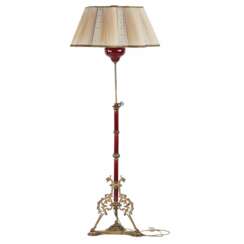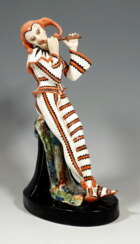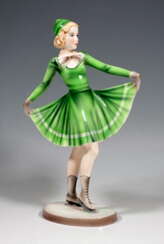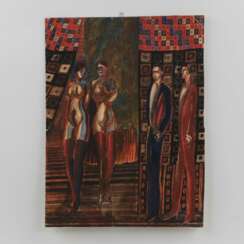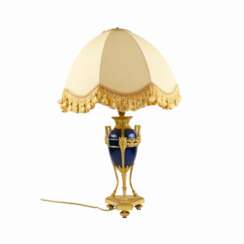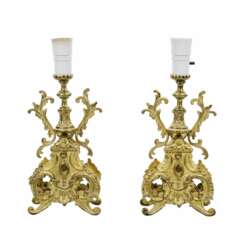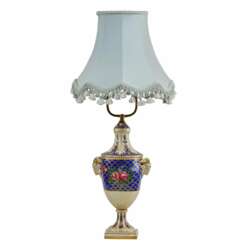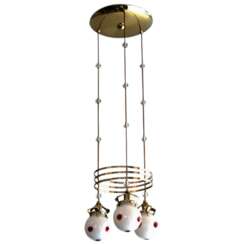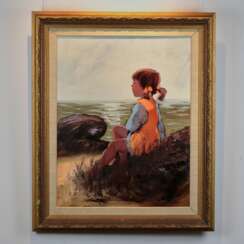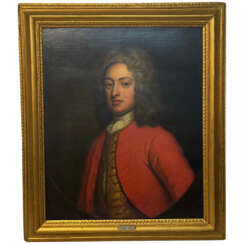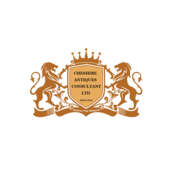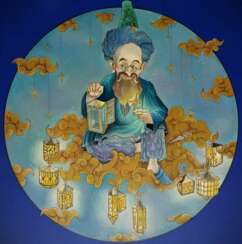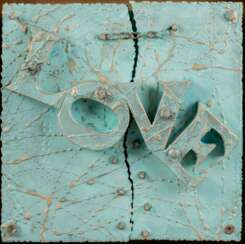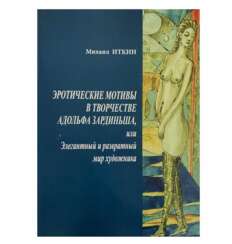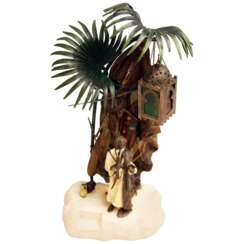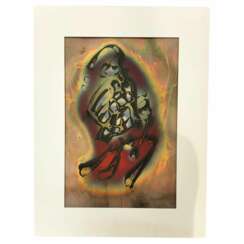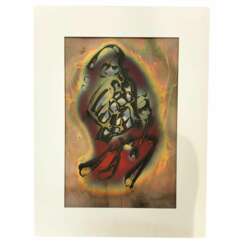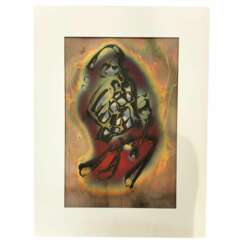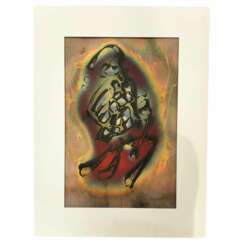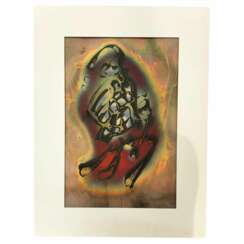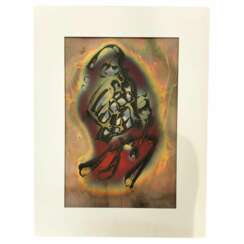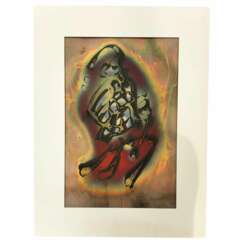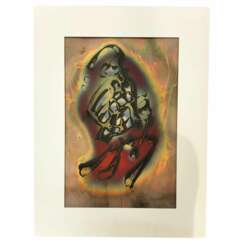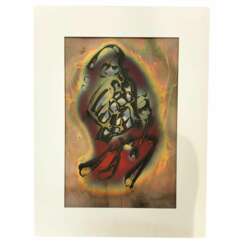6245 Items by auctions and galleries:
art & artists
Lot 40 Martin Kippenberger. Untitled
Martin Kippenberger (1953 - 1997) 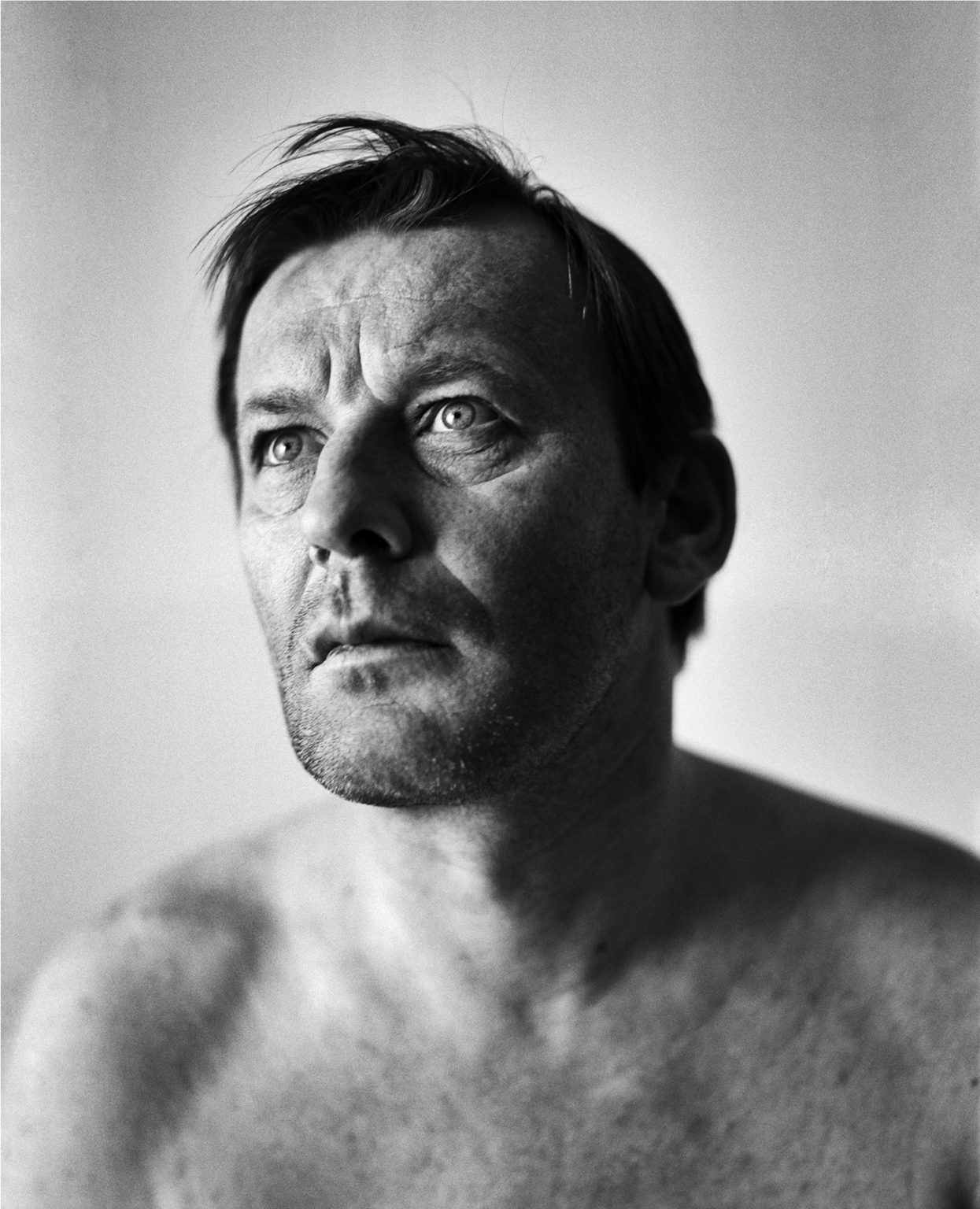 A1279: Beyond the Mainstream – A Rhenish Collection
A1279: Beyond the Mainstream – A Rhenish Collection 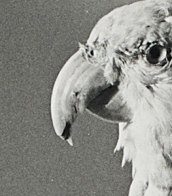

Martin Kippenberger
25.02.1953 - 07.03.1997
Germany
Martin Kippenberger was a German artist known for his extremely prolific output in a wide range of styles and media, superfiction as well as his provocative, jocular and hard-drinking public persona.
Kippenberger was "widely regarded as one of the most talented German artists of his generation," according to Roberta Smith of the New York Times. He was at the center of a generation of German enfants terribles including Albert Oehlen, Markus Oehlen, Werner Büttner, Georg Herold, Dieter Göls, and Günther Förg.

VAN HAM Kunstauktionen GmbH
A1279: Beyond the Mainstream – A Rhenish Collection
Date: 20.11.2025 18:00 UTC +01:00
Number of lots in the catalog: 103
